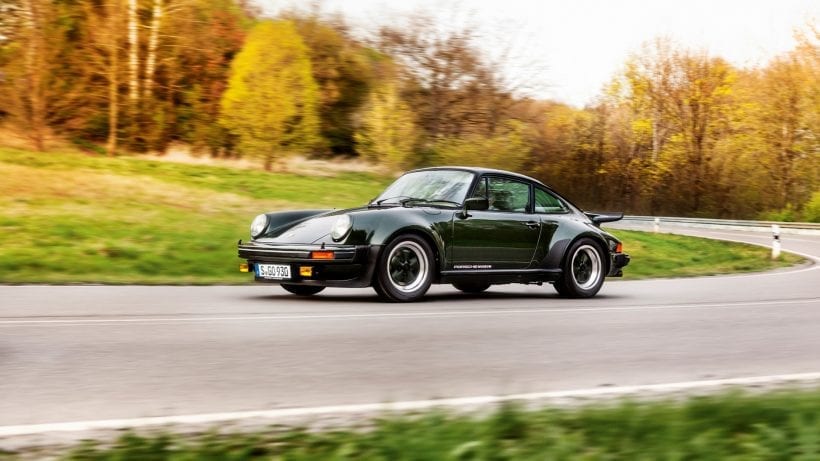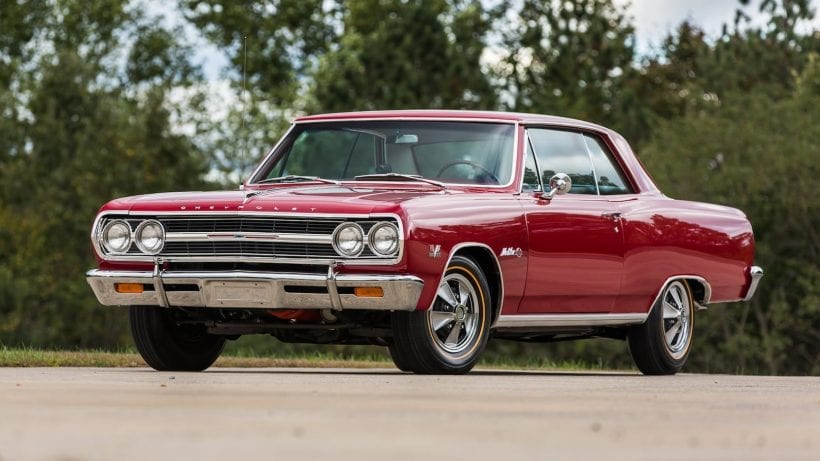It’s almost ingrained in our culture that classic cars are a symbol of luxury, timelessness, and elegant taste. It seems like you need to be a hardcore car enthusiast to understand the hype beyond antique car restoration, and why it maintains a consistent following since as early as anyone can remember.
In spite of its pop culture references and general popularity, a bystander may not understand just why classic cars are loved by thousands (if not millions) of people. These classic car fans are from all walks of life, but they share a common love for the antique automobile.
Technology and innovation have paved the way for modern cars that showcase features that get more and more futuristic and advanced every day. Modern cars are taking the forefront of the vehicle scene but, no matter how amazing it is, it has never kicked classic cars off the list.
Beyond the obvious perks of a newer, modern car, these powerhouse vehicles are still no match to the charm and je né sais quoi of a classic car. The latter may have outlived its usefulness, but its glory days are certainly far from over. You can even drop by https://www.whitesbodyworks.com/ to find out just how you can spruce up a classic car!
If you’re wondering what it is that makes the aged cars such a prized possession for many, we’re here to shed some light for you.
Classic cars are typically lighter and take up less space

A common trend among innovation in products is that bigger is always better. This explains why some people may be in search of the more compact, smaller sizes that a classic car possesses. Of course, passengers will probably have to adjust to tighter legroom and fewer seats, but it’s all part of the charm!
Do you know those old, romantic films where there are only two seats? These classic cars can give you just that. It’s a quaint, one-of-a-kind experience that you won’t be able to experience in the vehicles of today.
Apart from the novelty of it all, physics favors these cars as well. Aerodynamics is on your side if you’re on a classic car and you’ve got a knack for speed. The lighter frame of a classic car will be a great plus since you’ll be enjoying faster speeds on the road.
Simplicity is the name of the game for classic cars

One drawback to all of the improvements in modern cars is that, sometimes, there’s just too much going on that it can get overwhelming. You won’t have to worry about pressing the wrong button and accidentally opening your sunroof during an intense rain shower.
These classic cars are not complicated and are extremely easy to work on. They don’t offer any distractions and irrelevant frills that can take away the sheer joy of driving.
These are also great project cars if you’re into tinkering around and getting involved in your car. You’ll have less room for errors since what’s under the bonnet is pretty straightforward.
Once you get behind the wheel of a classic car, you’re bound to become a better driver.
Here’s the thing: there are no driver aids in antique cars. This means that you’ll have to be extra careful when driving since you’ll be a little left to your own devices. There are essential driving skills that only a classic car will be able to teach you.
Most car enthusiasts describe having a “connection” with their car, and this is something you’ll eventually learn if you drive a classic car often enough. Since no driver aids will come to your rescue, you’ll have to get to know your car very well to make sure that you both have a smooth ride every single time.
Unparalleled Craftsmanship in Classic Cars
Classic cars are more than just old vehicles; they are pieces of art that showcase a level of craftsmanship that’s becoming rarer in today’s automated world. In an era where every detail mattered, these vehicles bore witness to the dedication of artisans who gave each car its unique character.
One of the first things that stands out in a classic car is its handcrafted interior. From leather seats that have been meticulously stitched to polished wooden dashboards, there’s a personal touch that modern mass-produced cars often lack. For instance, the Bugatti Type 57SC Atlantic, produced in the late 1930s, is a testament to craftsmanship with its riveted flanges and hand-shaped aluminum panels.
Externally, the dedication to design is evident. Consider the iconic curves of the 1961 Jaguar E-Type, the distinctive tail fins of the 1959 Cadillac Eldorado or any classic Chevy in Houston found at local dealerships. Such designs were born out of a genuine passion for aesthetics and functionality, rather than just market research.
Classic Cars and Their Pop Culture Legacy
It’s hard to watch a classic movie and not spot a vintage car stealing the scene. The Ford Mustang in “Bullitt” or the Aston Martin DB5 in the James Bond series are prime examples of how these cars are intertwined with cinema history.
For many, owning a classic car is a ticket to a bygone era, offering a tangible connection to cultural moments of the past. Every drive becomes an opportunity to relive scenes from iconic movies or TV shows, making the owner an active participant in pop culture’s rich tapestry.

